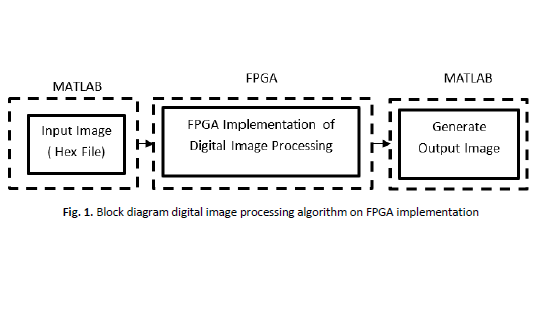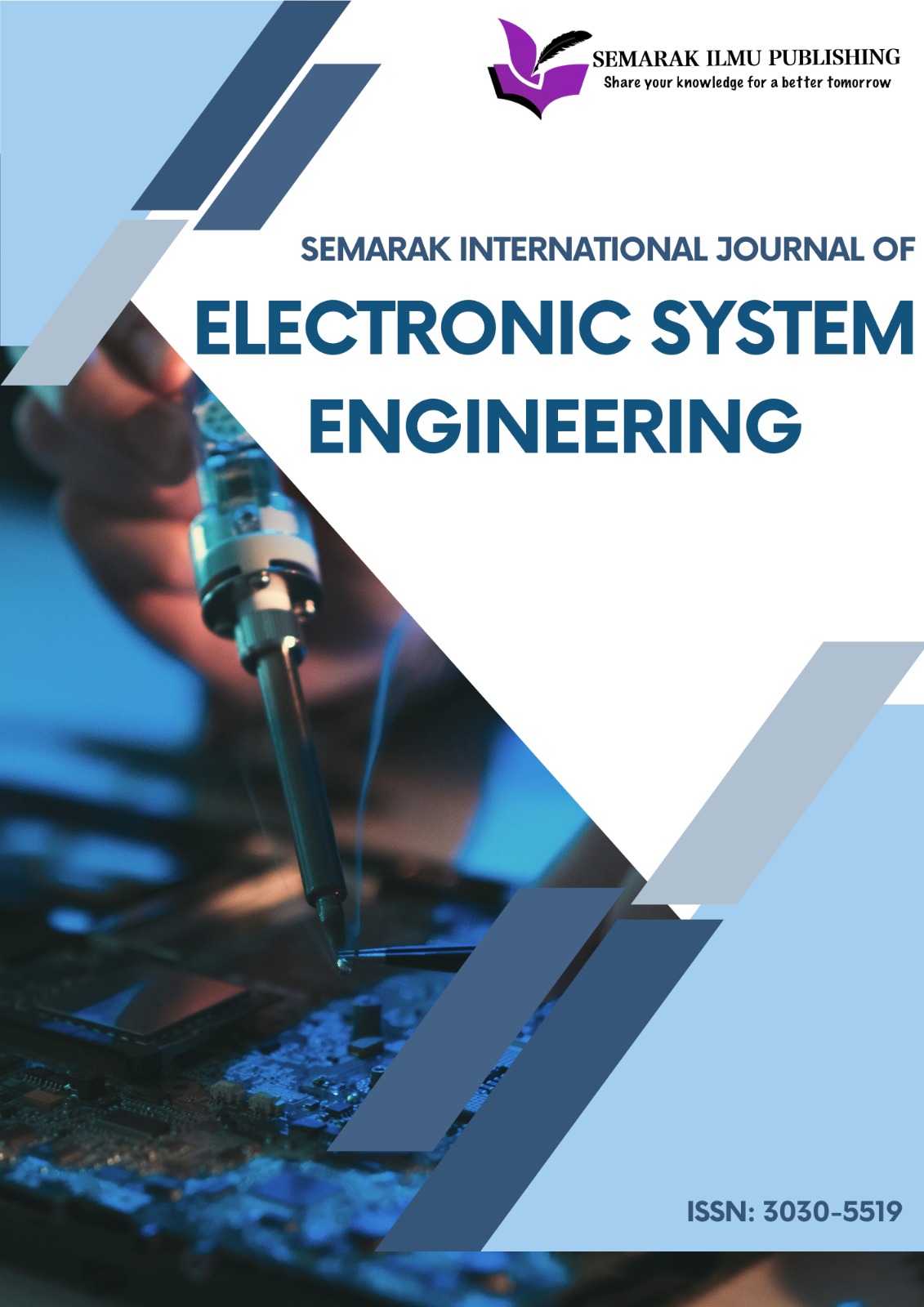Development of Digital Image Processing Algorithms via FPGA Implementation
DOI:
https://doi.org/10.37934/sijese.3.1.2845Keywords:
FPGA, image processing, MATLAB, Verilog HDLAbstract
Real-time image processing is one of the fundamental elements in achieving IR 4.0. The rapid development of digital image processing techniques has enabled various applications in fields such as healthcare, transportation, and manufacturing. People are seeking higher-performance image processing as traditional image processing is no longer fulfilling the demands. FPGA-based digital image processing has become one of the choices for the public due to its parallel pipelining, which enables shorter processing time and better performance. Several digital image processing algorithms have been developed in this project, which are gray level transformation, brightness manipulation, contrast adjustment, thresholding, and inversion. They are the most popular algorithms used in digital image processing. Microsoft Paint is used to convert the format of the color input image to bitmap format, followed by MATLAB to convert it into a hexadecimal file to be read and written in FPGA. Platforms such as ModelSim Altera and Intel Quartus II are used to write Verilog HDL for digital image processing algorithms. As a result, five hexadecimal files are obtained from the simulation. The output hexadecimal files are further processed in MATLAB to generate respective images.









